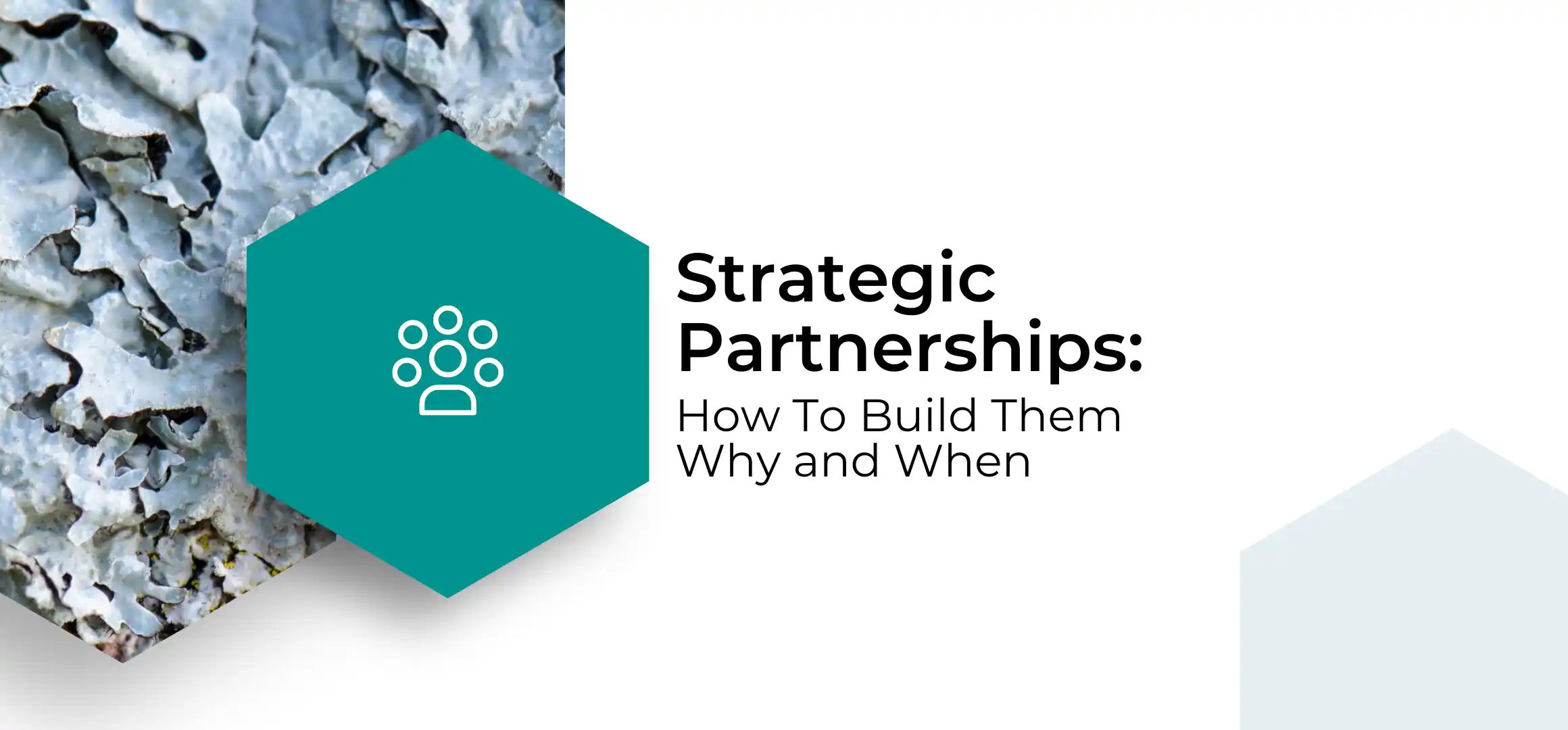E-commerce Strategic Partnership Financing: The Ultimate Guide To Unlock Growth
Hey there! Let’s dive into the game-changing world of ecommerce strategic partnership financing. Imagine this—your online store is growing, but you’re stuck in a cash-flow crunch. You’ve heard about partnerships and financing options that can boost your business, but where do you even start? This article has got your back. We’ll break down everything you need to know about leveraging strategic partnerships and financing to propel your e-commerce empire forward.
Let’s be real. Running an e-commerce business isn’t just about setting up a website and waiting for the sales to roll in. It’s a complex game that involves scaling operations, managing inventory, and staying ahead of competitors. And let’s not forget the elephant in the room: money. Financing your growth through smart partnerships can make all the difference. Stick around, and we’ll show you how.
By the end of this guide, you’ll have a clear understanding of how ecommerce strategic partnership financing works, why it matters, and how to implement it for your business. So grab a coffee, sit back, and let’s get into it!
- Rayburn House Office Building The Heart Of Legislative Action
- Michael Consuelos Net Worth A Deep Dive Into The Life Career And Wealth Of A Rising Star
Table of Contents
- What is E-commerce Strategic Partnership Financing?
- Why Strategic Partnerships Matter in E-commerce
- Types of Financing Options for E-commerce Businesses
- How to Choose the Right Strategic Partner
- Benefits of E-commerce Strategic Partnerships
- Challenges and Pitfalls to Avoid
- Real-Life Success Stories of Strategic Partnerships
- Legal and Regulatory Considerations
- Tools and Resources for Strategic Partnerships
- Conclusion: Take Action and Grow Your E-commerce Empire
What is E-commerce Strategic Partnership Financing?
Alright, let’s start with the basics. E-commerce strategic partnership financing refers to the collaboration between two or more entities in the e-commerce space, where one or both parties provide financial support to achieve shared goals. Think of it as a win-win situation: you get the funding you need to scale, while your partner gains access to a growing market or valuable expertise.
These partnerships can take many forms, from co-branding deals to joint ventures. The key is that both parties bring something to the table—whether it’s capital, technology, marketing expertise, or operational capabilities. This synergy can help businesses overcome challenges like cash flow issues, logistics bottlenecks, or customer acquisition costs.
Let’s break it down further: Imagine you’re a small e-commerce startup selling handmade jewelry. By partnering with a larger retailer, you could gain access to their established distribution network and marketing channels, while they benefit from your unique product offering. Now that’s what we call a match made in heaven!
- Meet The Minions Cast The Hilarious Voices Behind Your Favorite Bananaloving Creatures
- How Old Was Nba Youngboy A Deep Dive Into The Rising Stars Journey
Key Components of E-commerce Strategic Partnership Financing
- Financial Investment: One party provides capital to support the other’s growth.
- Resource Sharing: Both parties collaborate on resources like technology, logistics, or marketing.
- Risk Mitigation: Partnerships can help distribute risks associated with scaling operations.
- Revenue Sharing: Profits are often split based on predefined agreements, ensuring mutual benefits.
Why Strategic Partnerships Matter in E-commerce
In today’s competitive e-commerce landscape, standing out isn’t just about having a great product. It’s about building relationships that drive growth. Strategic partnerships can provide the boost your business needs to scale faster, reach new markets, and improve operational efficiency.
Here’s why they matter: - Access to New Markets: Partnering with a global player can help you tap into international audiences without the hassle of setting up local operations. - Enhanced Brand Credibility: Associating with established brands can lend credibility to your startup. - Cost Savings: Sharing resources like warehousing or marketing can significantly reduce expenses.
Let’s not forget the power of data. When you partner with another business, you gain access to their customer insights, which can inform your marketing strategies and product development. It’s like getting insider information without having to do all the legwork yourself.
Types of Financing Options for E-commerce Businesses
Now that we’ve established why strategic partnerships are essential, let’s talk about the financing side of things. There are several ways to secure funding for your e-commerce business, and each comes with its own set of pros and cons.
Traditional Loans
These are the bread and butter of business financing. You approach a bank or financial institution, present your business plan, and hope for approval. While they offer predictable repayment terms, traditional loans can be challenging to secure, especially for startups.
Investor Funding
Angel investors or venture capitalists may be willing to inject capital into your business in exchange for equity. This option provides not just money but also mentorship and industry connections. However, it means giving up a portion of your company, so proceed with caution.
Revenue-Based Financing
This is a newer model gaining popularity in the e-commerce space. Instead of paying fixed interest, you repay the loan as a percentage of your monthly revenue. It’s a flexible option that aligns with your business’s performance, making it ideal for growing companies.
Partnership Financing
And finally, we have partnership financing, where your partner provides the capital needed to scale your operations. This could be in the form of direct investment or resource sharing. It’s a collaborative approach that fosters long-term relationships.
How to Choose the Right Strategic Partner
Picking the right partner is crucial. A bad partnership can do more harm than good, so you need to be strategic about it. Here are some tips to help you make the right choice:
- Align with Your Goals: Ensure your potential partner shares your vision for growth and success.
- Complementary Strengths: Look for partners whose strengths complement your weaknesses.
- Check Their Track Record: Research their past partnerships and assess their reputation.
- Clear Communication: Establish open lines of communication from day one to avoid misunderstandings.
Remember, it’s not just about the money. The right partner should bring value beyond financial support, whether it’s expertise, networks, or technology.
Benefits of E-commerce Strategic Partnerships
So, what’s in it for you? Here are some of the top benefits of forming strategic partnerships in the e-commerce space:
- Increased Market Reach: Gain access to new customer segments and geographies.
- Improved Operational Efficiency: Leverage your partner’s resources to streamline processes.
- Enhanced Innovation: Collaborate on product development and technology integration.
- Shared Risk: Distribute financial and operational risks across both parties.
Plus, who doesn’t love a good success story? Companies like Amazon and Whole Foods or Alibaba and Lazada have shown how powerful strategic partnerships can be. They’ve created ecosystems that benefit both parties and their customers.
Challenges and Pitfalls to Avoid
Of course, nothing is perfect. Strategic partnerships come with their own set of challenges. Here are a few pitfalls to watch out for:
- Misaligned Expectations: Ensure both parties are on the same page from the start.
- Conflict of Interest: Be wary of partners whose goals may conflict with yours.
- Over-reliance: Don’t become too dependent on your partner; maintain your independence.
- Poor Communication: Lack of transparency can lead to misunderstandings and disputes.
It’s all about setting clear boundaries and maintaining open communication. If you can do that, you’re already ahead of the game.
Real-Life Success Stories of Strategic Partnerships
Let’s talk numbers. Strategic partnerships have been the driving force behind some of the most successful e-commerce ventures. Take Shopify and PayPal, for example. Their collaboration has made it easier for merchants to accept payments online, resulting in increased sales for both parties.
Or consider Walmart and Jet.com. When Walmart acquired Jet.com, they gained access to a tech-savvy team that helped them compete with Amazon. It’s a classic case of using partnerships to stay ahead in a rapidly evolving market.
These stories prove that strategic partnerships, when done right, can lead to exponential growth and success. They’re not just about survival—they’re about thriving in a competitive landscape.
Legal and Regulatory Considerations
Before diving into any partnership, make sure you’ve got your legal ducks in a row. Contracts, intellectual property rights, and compliance with local regulations are just a few things to consider.
Here’s a quick checklist: - Draft a comprehensive partnership agreement outlining roles, responsibilities, and financial terms. - Protect your intellectual property through patents, trademarks, or copyrights. - Ensure compliance with data privacy laws, especially if you’re dealing with customer information.
Hiring a lawyer who specializes in e-commerce can save you a lot of headaches down the line. Trust us, it’s worth the investment.
Tools and Resources for Strategic Partnerships
There’s a wealth of tools and resources available to help you navigate the world of strategic partnerships. Here are a few we recommend:
- Crisp: A platform for finding and managing strategic partnerships.
- DealRoom: A tool for tracking and analyzing partnership opportunities.
- LinkedIn: A great place to network and connect with potential partners.
Don’t underestimate the power of online communities and forums. Platforms like Reddit or Quora can offer valuable insights and advice from experienced entrepreneurs.
Conclusion: Take Action and Grow Your E-commerce Empire
There you have it—everything you need to know about ecommerce strategic partnership financing. From understanding the basics to navigating the challenges, this guide has equipped you with the knowledge to make informed decisions for your business.
Remember, the key to successful partnerships is alignment, communication, and trust. Choose your partners wisely, set clear expectations, and don’t be afraid to think outside the box. With the right strategy, you can unlock growth and take your e-commerce business to the next level.
So, what are you waiting for? Take action today! Share this article with your network, leave a comment with your thoughts, and explore more resources on our site. Together, let’s build a thriving e-commerce ecosystem.
- Who Is Richard Williams Spouse Unveiling The Life And Love Behind The Legend
- Unveiling The Enigma Of Trace Ayala A Deep Dive Into His Life Career And Legacy

Strategic Partnerships How To Build Them, Why and When Apiary Digital

Strategic Partnership Plan Template

Stobox & RLP Lawyers Pioneering Legal Tokenization